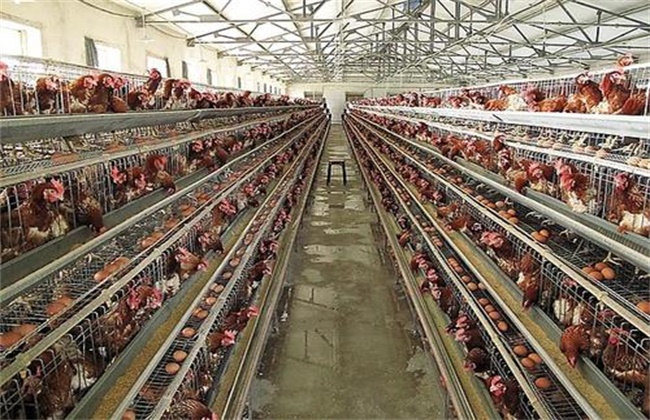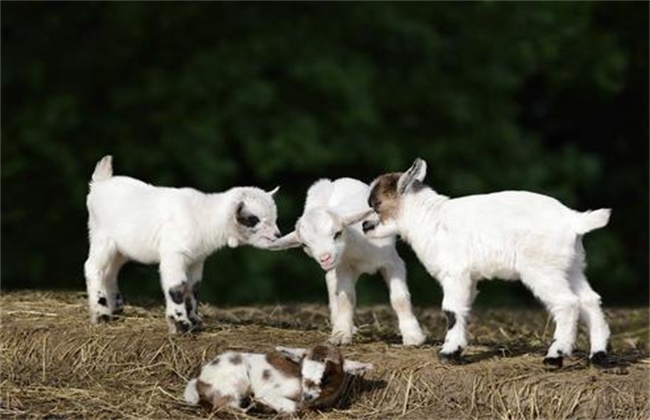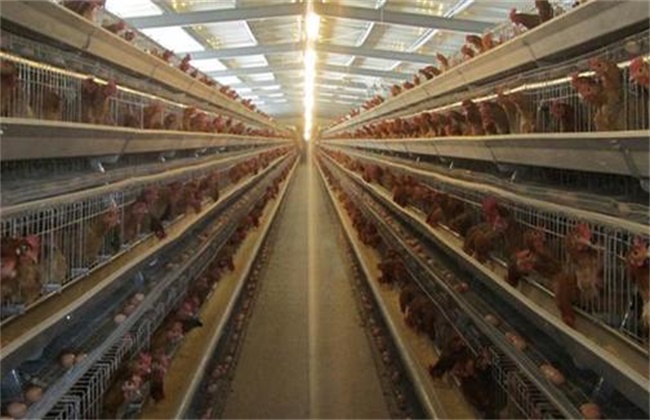How to prevent wet chicken houses
With the arrival of the southern sky, many chicken sheds are about to face the problem of dampness. due to the harm of dampness, how to prevent this has become a big problem. If you don't know how to prevent it, let's learn about it.

1. Choose the location of the chicken coop
A good location is very important, if the location is not suitable, no matter how many measures you do, the effect is not ideal, because the impact of the address is endless. Generally speaking, the humidity is the most serious in low-lying places, because water vapor is the most likely to accumulate, so you must choose a high place when choosing a site. Secondly, we should pay attention to the places where the light is not strong, which can be regarded as a relatively common wet and hard-hit area. Therefore, when choosing a site, try to choose a place with sunny and high topography, preferably in the tuyere position.
2. Control density
We should not underestimate the culture density, in fact, this has a greater impact on moisture, the greater the density, the more humid, because of fecal and respiratory reasons, these are very easy to produce water vapor. When the density is too high, the water vapor is basically difficult to discharge, and many of them will attach to the chicken body, causing the chicken body to be relatively wet. So when breeding, the density will be reduced to reduce the pressure of moisture.
3. Control the water source
In fact, the source of water is also a major reason for the dampness of the chicken coop, because water is inevitably used to feed or clean the chicken coop, which leads to the residue of water in the chicken coop. When the water vapor evaporates, the chicken coop will look more humid. This is also the reason why more and more chicken coops are fed in a sealed form, just to prevent moisture, we can pay attention to this aspect of water.
4. Change the cushion material frequently
The cushion of the chicken house is used to absorb water vapor, but the light cushion, not cleaned, will only aggravate the moisture, and because the cushion is in direct contact with the chicken, it has a greater impact on it. There are a lot of chicken excreta, so the bedding material will be polluted relatively quickly, and we can adjust it according to the situation. Generally, a chicken coop should be changed once in 1-2 weeks to avoid excessive accumulation of water vapor and form a wet ground.
The above are some methods to prevent the dampness of the chicken coop, we can adjust according to their own actual situation, see which aspect is more practical, and then solve this problem in time.
Related
- On the eggshell is a badge full of pride. British Poultry Egg Market and Consumer observation
- British study: 72% of Britons are willing to buy native eggs raised by insects
- Guidelines for friendly egg production revised the increase of space in chicken sheds can not be forced to change feathers and lay eggs.
- Risk of delay in customs clearance Australia suspends lobster exports to China
- Pig semen-the Vector of virus Transmission (4)
- Pig semen-the Vector of virus Transmission (3)
- Five common causes of difficult control of classical swine fever in clinic and their countermeasures
- Foot-and-mouth disease is the most effective way to prevent it!
- PED is the number one killer of piglets and has to be guarded against in autumn and winter.
- What is "yellow fat pig"? Have you ever heard the pig collector talk about "yellow fat pig"?



